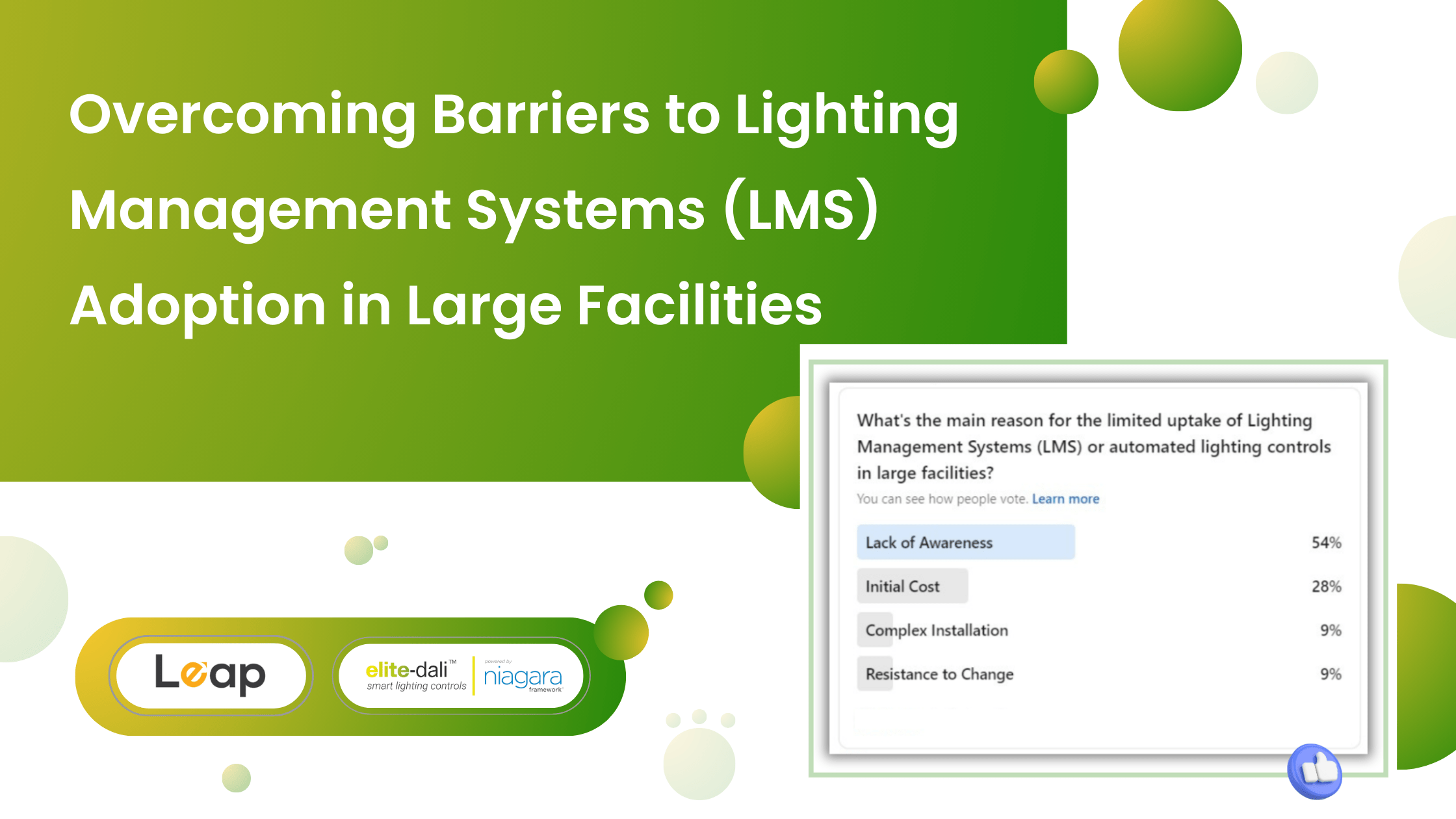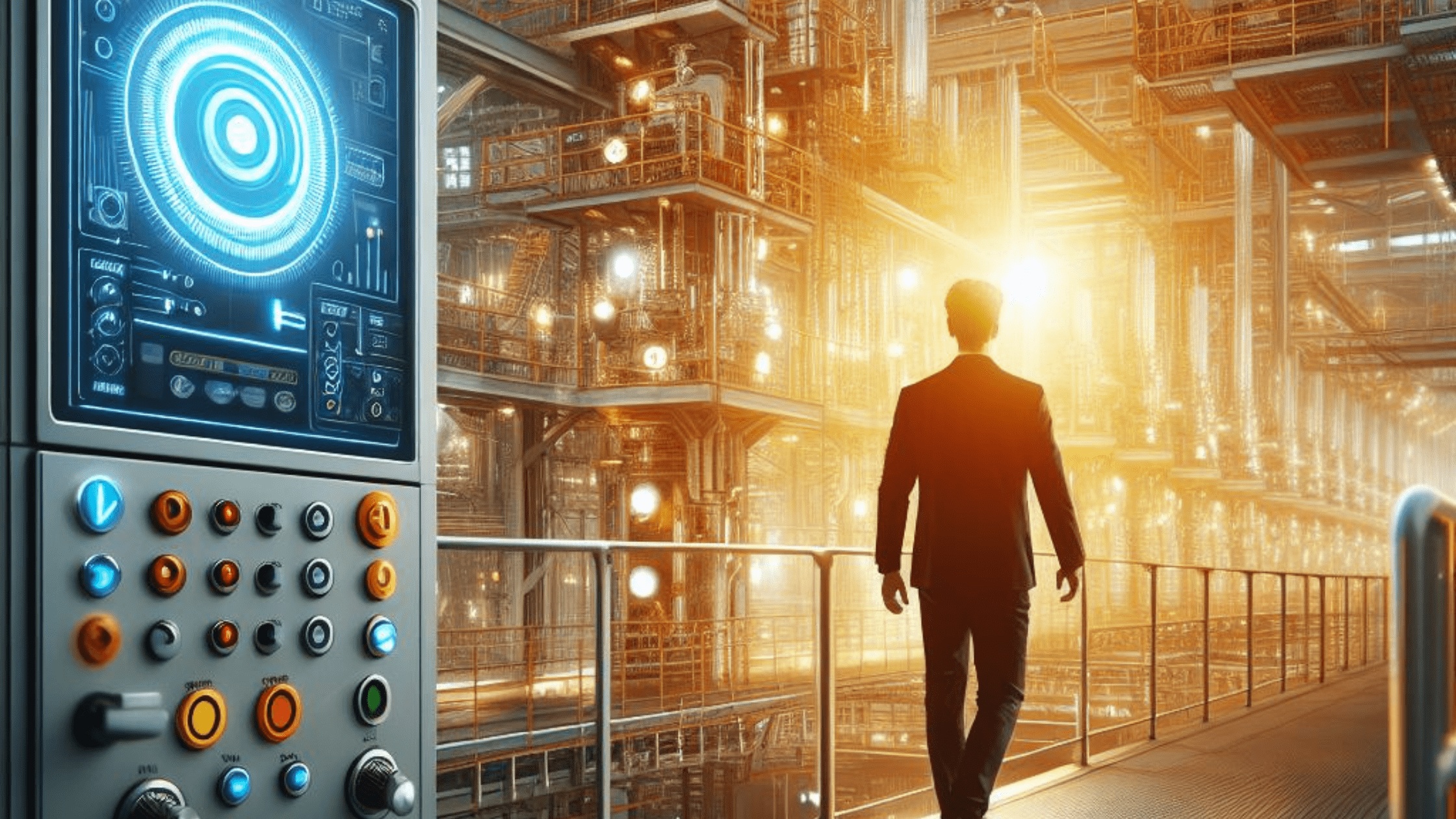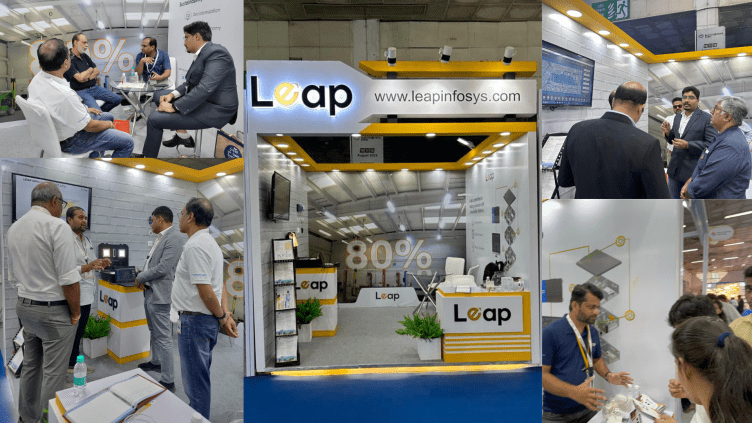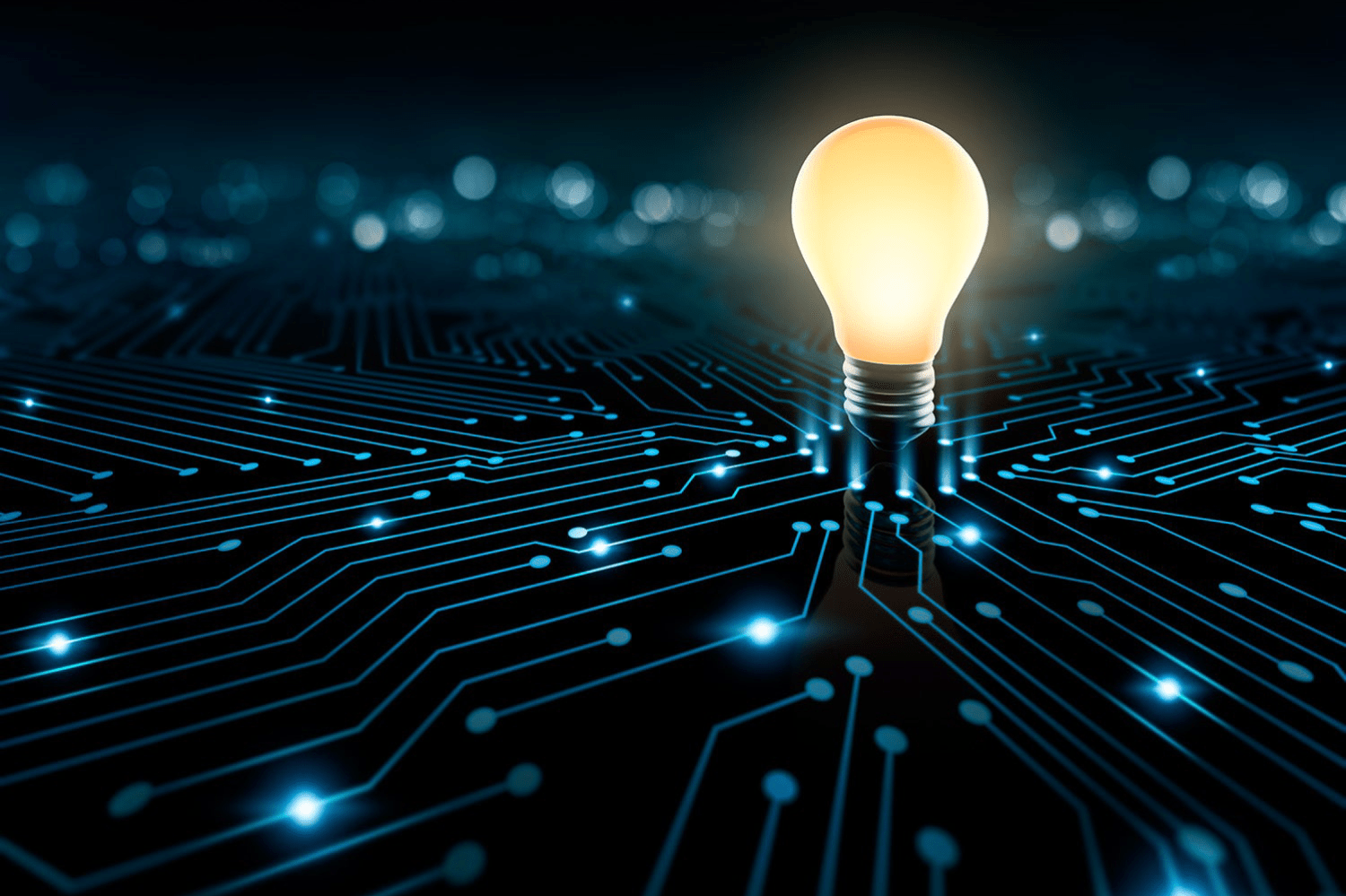Adaptive Lighting: Smart Lights That Understand Biological Needs
Automated lighting is a growing area of interest that has not just intrigued scientists, but whose application is now transforming the commercial sphere to impacting common lives. Automated lighting controls give you the power to instantly customize the lighting of your rooms to accommodate your preferences as and when required. The principle behind automated lighting is the quick and automatic recall and selection of light settings as per the user’s past choices.
Adaptive lighting is a step ahead in this future-ready automation of lighting systems, which is often termed Human Centered Lighting or HCL. So, why is there a lot of buzz around this concept lately, and why do experts feel that it will generate massive excitement amongst buyers in the near future, let’s find out.
Table of Contents
Adaptive Lighting and The Body Clock
Human evolution has been largely influenced by the most powerful source of natural light- the Sun. The rising of the sun is a driver for our increased productivity, and its setting gives us a signal to halt. This has been instilled in our circuitry at a very deep level and therefore, has become a part of our normal body physiology as well. In a nutshell, this influence of light has been a crucial element for nurturing a body clock, which is known as the Circadian Rhythm. Light signals, along with some other external cues that impact the Circadian rhythm, influence the manner in which our body gets stimulated or relaxed.
Now, since the sun is not the only source of light available to humans today, scientists believe that higher instances of circadian rhythm disturbances and low levels of energy in major parts of the population can be due to the underwhelming quality of artificial light under which we are spending most of our time at present. This hypothesis gave rise to the urge for exploring the possibility of developing lights that could adapt to the changing positions of the Sun, thereby offering a quality that is approximately similar to natural light.
How Do Adaptive Lighting Systems Work?
Most of the adaptive lighting systems work in tandem with the time of the day and the intensity of lighting set by the user. Primarily, in most of the adaptive lighting equipment, the adaptations are made to the temperature of the light and not the brightness per se.
As the sun starts setting, the temperature of these lights gradually increases, and the warmth rises only as per the intensity levels preset by the user. So, if you have a bulb set at 70-80% of its light intensity, its warmth will increase much more by the evening as compared to a bulb that was already set at 100% intensity.
Adaptive Lighting For Work places
Modern-day office spaces are the perfect use cases for adaptive human centric lighting. The reason behind this is not merely to fine tune the biological rhythm of the employees, but also because these spaces do not have as much exposure to natural sunlight as one would want. Thus, the synchronizing effects of sunlight on the circadian rhythm of the workers is somewhat missing these days, which results in increased instances of tiredness, fatigue, irritability, etc. Many employers have reported underperformance from workers during the darker winter months, one reason for which is the lack of enough sunlight in the interiors.
All of this indicates that having dynamic lighting that changes with the natural daylight sequence of the sun will help in keeping the mind undisturbed.
elitedali Adaptive Lighting Solutions
Human Centric Lighting systems from elitedali effectively counteract the negative impacts of limited lighting in office and industrial settings. Our solutions have been regularly used in educational institutes, hospitals, commercial spaces, etc. elitedali’s adaptive lighting solutions are unique and impactful because they are based on an open IoT platform, and are completely convergent as well. Thus, you won’t need any special communication protocol for seamless native integration with iBMS systems.
Further, the degree of flexibility that you get while implementing our offerings, along with the promise of authenticity owing to our proven and reliable solution based on DALI (IEC 62386 standard), makes elitedali the best choice for simple, intuitive, and scalable adaptive lighting solutions.
Wrapping Up
Up until now, the primary usage of lighting systems was to provide adequate visual conditions and work on enhancing visual aesthetics in a given space. However, after studying the impact of light on various tasks of daily living, it has become desirable to gain control over lighting systems and make them more biologically inclined. Intelligent lighting automation has helped us attain this control over the light around us, and with the adaptable features coming into force, dynamic lighting is fast moving towards becoming the gold standard and benchmark for all commercial use cases.
elitedali is one of the most popular convergent lighting intelligence company’s which is known for its innovative web-based IOT solutions for lighting control systems. Our human centric lighting solutions are designed to provide the benefits of dynamic natural lighting to individuals who are unable to get proper exposure due to increased confinement within four walls. Choose elitedali for better performance, concentration, and productivity in all kinds of work environments.








